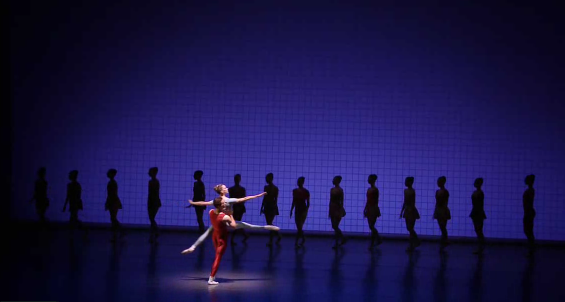When communication and comprehension intersect

It takes a lot of work to communicate what a company does in just a few words. While creating the message is important, comprehension by the intended audience is essential to achieve liftoff. Let’s look at five make-or-break liftoff concepts.
The Challenge: A Few Choice Words
I had the pleasure of mentoring some of the TechStars Seattle teams as they addressed marketing launch issues and prepared for their Demo Day presentations. The experience reinforced the challenge of trying to communicate all that a company is and does in a few choice words, and the exhilaration that occurs when comprehension is achieved.
Five Make-or-Break Liftoff Concepts
While previous blog posts have addressed these issues systematically, I wanted to touch on five make-or-break liftoff concepts here. They include problem, perspective, process, presentation and pictures.
1. Problem: Address the 360-degree situation
During the first communication, it is essential that both parties get headed in the same direction quickly and comfortably. I call this the 360-degree problem because the intersection has yet to be established. As the presenter, it is your job to ensure that both parties get headed in a specific direction of mutual interest. It takes dialog and involvement to accomplish this.
2. Perspective: Participant not audience
Seeing the recipient of your communication efforts as a participant instead of as a passive audience will head you in a very different direction. In a selling situation, replace the “threat” of interruptions or checkout behavior (such as emailing during your presentation) by inviting participation. For example, I do this with an intentional dialog slide placed after every three or four content slides.
3. Process: What and why before how
If you are starting your presentation with a demo, or your company description begins with the words “software as a service”, you are putting the how first. It is like talking about leasing a car before it has been established that a new car is wanted. Addressing the “what” and “why” before the “how” will speed the setting of a valued direction.
4. Presentation: Establish the story structure
Building a presentation is no different from constructing a house, writing code or crossing a bridge. They all require a good structure. Define the outcome first, outline the points that need to be made, and then select the images needed to support the message. Set aside the demo, take a blank piece of paper, and write headlines consisting of five-to-seven words that convey the essential message points.
5. Pictures: Really are worth a thousand words
Images are often relegated to a support role when they are capable of leading comprehension. A successful image and messaging pairing is like being able to see music instead of just hear it.
See the words
I remember when I “saw” music for the first time. It was during a ballet called Glass Pieces. As the music plays, there is a stream of dancers at the back of the stage moving in time to the music’s harmony while a pair of dancers spotlighted in the foreground, move to melody. The experience is still with me. I’m betting it is much easier to understand this description when you see this picture.

Source: Glass Notes
Feel the pain
Another, more mundane, example is this presentation slide concerning the problem of crab grass. The hands and weed puller convey the backbreaking nature of the problem in a much more effective way than words alone are able. Forget the text- laden presentation screen that says how unsightly, labor intensive and frustrating this problem is. One image and two words do the job.

Closing: The Exhilaration of Comprehension
Try applying these five make-or-break concepts to your communications efforts and enjoy the exhilaration that occurs when comprehension is achieved.


